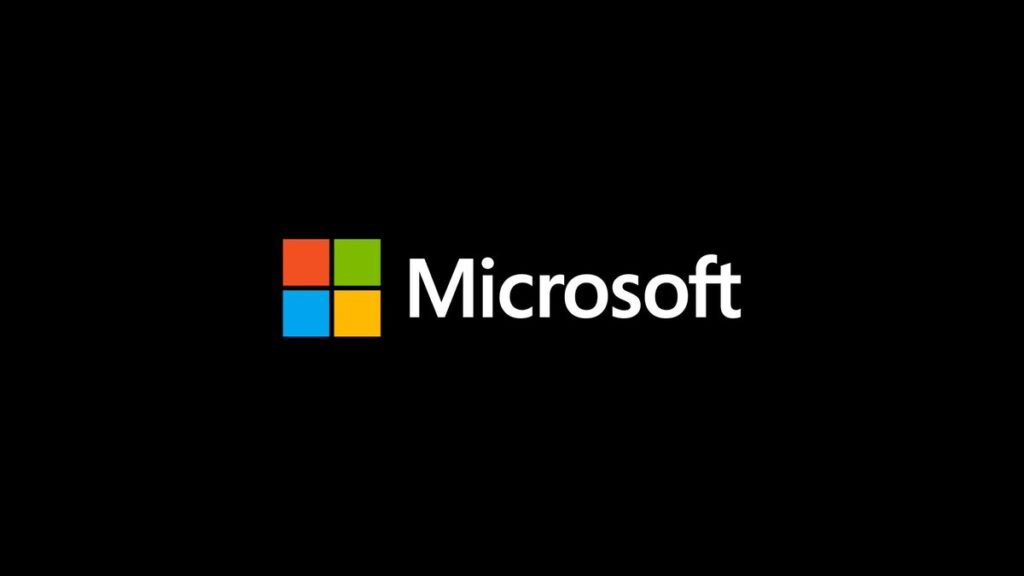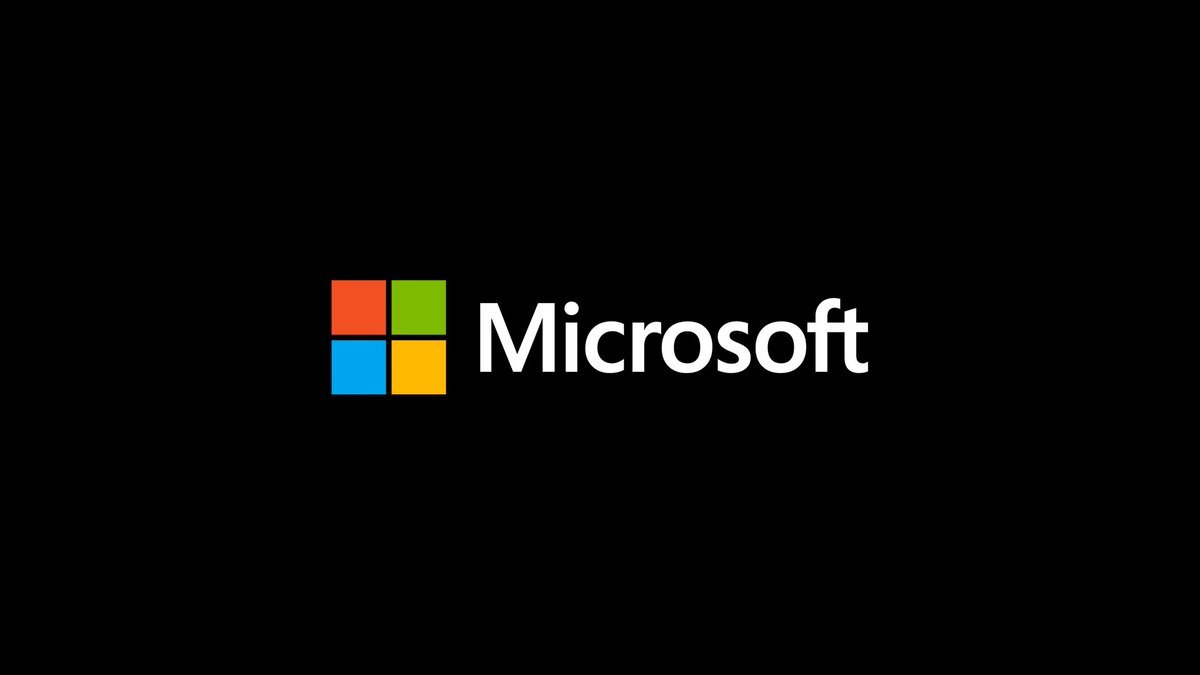
The Rise:
Microsoft’s entry into the smartphone market can be traced back to its acquisition of Nokia’s Devices and Services division in 2014. With this acquisition, Microsoft inherited Nokia’s Lumia brand of Windows Phone devices, as well as a wealth of expertise in hardware design and manufacturing. At the time, Microsoft aimed to leverage Nokia’s legacy and integrate its hardware with Microsoft’s software ecosystem, including Windows Phone and various Microsoft services.
The Lumia smartphones, known for their distinctive design, vibrant colors, and innovative features, garnered praise from critics and consumers alike. With devices like the Lumia 920, Lumia 1020, and Lumia 1520, Microsoft sought to differentiate itself in a market dominated by Android and iOS devices. Moreover, Microsoft’s integration of its services such as Office, OneDrive, and Skype into the Windows Phone platform aimed to provide a seamless and productive user experience for business and personal use.
The Challenges:
Despite its efforts, Microsoft’s foray into the smartphone market faced numerous challenges that ultimately led to its downfall. One of the key obstacles was the lack of app ecosystem and developer support for the Windows Phone platform. While Windows Phone offered a unique and intuitive user interface, it struggled to attract popular apps and services compared to its rivals, limiting its appeal to consumers and developers alike.
Moreover, Microsoft’s late entry into the smartphone market meant that it had to compete with well-established players such as Apple and Samsung, who had already established strong brand loyalty and market dominance. Despite its innovative hardware and software features, Lumia devices struggled to gain traction in the highly competitive smartphone market, leading to lackluster sales and declining market share over time.
Additionally, Microsoft’s decision to shift its focus away from smartphones and towards other areas of its business, such as cloud computing and enterprise services, further hindered its smartphone ambitions. In 2016, Microsoft announced the end of its Lumia line of smartphones and began to wind down its smartphone hardware business, signaling the end of an era for Microsoft’s smartphone endeavors.
The Legacy:
While Microsoft’s venture into the smartphone market may have ended in disappointment, it left behind a lasting legacy that continues to influence the industry today. Microsoft’s emphasis on productivity, security, and integration across its ecosystem of devices and services laid the groundwork for its future endeavors in the mobile space, such as the development of Microsoft apps for iOS and Android devices.
Moreover, Microsoft’s experience with smartphones highlighted the importance of ecosystem and developer support in driving adoption and success in the mobile market. As companies like Apple and Google continue to dominate the smartphone industry, Microsoft’s experience serves as a cautionary tale for aspiring players seeking to disrupt the status quo and carve out a niche in the fiercely competitive mobile landscape.
The Future:
While Microsoft may have exited the smartphone hardware business, its influence in the mobile industry remains significant through its software, services, and partnerships. Microsoft’s focus on cloud-based services, productivity tools, and collaboration platforms positions it as a key player in the evolving landscape of mobile computing, where the boundaries between smartphones, tablets, and PCs continue to blur.
Moreover, Microsoft’s recent initiatives in the augmented reality space, such as the HoloLens mixed reality headset and the Azure Kinect developer kit, point to new opportunities for innovation and growth beyond traditional smartphones. As technology continues to advance and new form factors emerge, Microsoft’s expertise in software, services, and user experience will play a pivotal role in shaping the future of mobile computing and immersive technologies.
Conclusion:
In conclusion, Microsoft’s venture into the smartphone market offers valuable insights into the opportunities and challenges facing players in the mobile industry. While its Lumia smartphones may not have achieved the success Microsoft had hoped for, the experience provided valuable lessons that continue to shape Microsoft’s approach to mobile computing and inform its broader strategy in the technology market. As the mobile landscape continues to evolve, Microsoft’s legacy in smartphones serves as a reminder of the importance of innovation, ecosystem support, and strategic focus in driving success in the dynamic world of mobile technology.










